How Does a Fitness Tracker Work?
Ah, the astonishing world of fitness trackers! Have you ever wondered how these little wonders do their thing? Well, let me shed some light on this fascinating topic for you.
First things first, let’s talk about what a fitness tracker actually is. It’s a small, nifty device that you wear on your wrist like a watch. This little gadget is loaded with sensors that keep track of various aspects of your physical activity, such as how many steps you take, how far you’ve walked or run, and even how many calories you’ve burned.
Now, you may be wondering, “Okay, but how does it do all of that?” Fair question! Let me explain.
To start with, fitness trackers use an accelerometer, which is like a little motion detector. It measures the acceleration of your movements and converts that data into step counts. So every time you take a step, the accelerometer detects the motion and logs it as one step towards your daily goal.
But wait, there’s more! Fitness trackers also use a gyroscope, which helps measure your orientation and rotation. This helps the tracker recognize different types of activities. For example, it can distinguish between walking and running based on the movement patterns it detects.
Now, you might be asking, “How does it know how far I’ve walked or run?” Great question! Fitness trackers determine distance by combining the step count data from the accelerometer with your height and the average length of your stride. By doing some clever calculations, the device estimates the distance you’ve covered during your activities.
And as for calories burned, fitness trackers use a combination of factors such as your age, weight, gender, and heart rate to estimate the energy you’ve expended during the day. This estimation is based on algorithms programmed into the device, which take into account these variables to provide you with an approximate calorie burn count.
But it doesn’t end there! Fitness trackers can do even more amazing things. Some models have heart rate monitors, which use optical sensors to measure your heart rate through your skin. This feature allows you to keep track of your heart rate during exercise and monitor your overall cardiovascular health.
So, my friend, now you know the secret behind the magic of fitness trackers! They may be small, but they pack quite a punch. With their clever sensors and algorithms, they help you keep track of your daily physical activities, making it easier for you to stay fit and healthy.
So, next time you see someone wearing a fitness tracker, you can impress them with your newfound knowledge about how these little wonders work. Stay curious, and keep exploring the fascinating world of technology!

So, you’ve noticed how popular and fancy fitness trackers have become lately, right? Well, if you’re thinking about getting one to help you lead a healthier lifestyle, you might be curious about how these nifty devices actually work.
Well, guess what? You’re in for a treat! This article is here to give you the lowdown on everything you need to know about fitness trackers. Stick around and I’ll fill you in.
What can a fitness tracker keep tabs on?

When it comes to fitness trackers, most people think of them as devices that count your steps and help you achieve the goal of 10,000 steps per day. However, these amazing gadgets can do so much more. Here are some of the main functions they offer:
- Keep track of your sleep patterns
- Measure the number of calories you’ve burned
- Count how many floors you’ve climbed
- Tally up the distance you’ve walked in miles
- Monitor your heart rate
Basically, a fitness tracker can assist you in almost every aspect of your health, fitness, and overall well-being.
Our Recommendation
The Best Peloton Alternatives
What Features Do Fitness Trackers Have?
Fitness trackers utilize built-in sensors to gather data. The more sensors a tracker has, the more information it can collect. And if it relies on multiple sources for data, it’s likely to provide more accurate results.
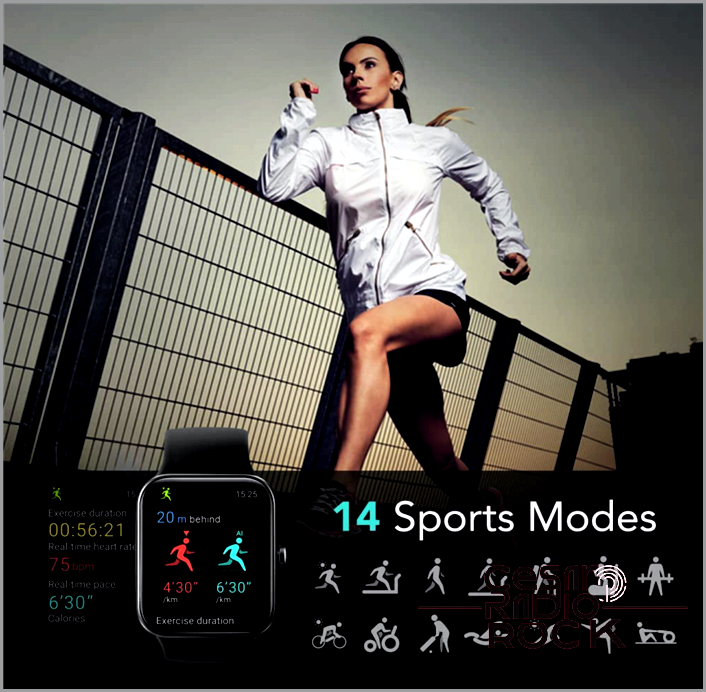
So, here’s the deal: sensors are these nifty things that react to your movements and pay attention to a few key things:
- How fast you speed up or slow down (acceleration)
- How long you keep moving (duration)
- How strong or intense your movements are (intensity)
- How often you move (frequency)
- The patterns in your movement (pattern)
Now, the exact mix of sensors can vary depending on the fancy gadget and the company that makes it. But here are the most popular sensors you’ll find in those fitness trackers everyone’s talking about.
Accelerometer
An accelerometer is a clever thing that measures your moves by keeping track of how your speed or direction changes. It counts your steps and records your movements. And the cool bit? Most of those snazzy fitness trackers have a three-axis accelerometer that can even tell if you’re leaning or tilting.
Gyroscope
Now, a gyroscope is another cool sensor that measures how your body twists and turns. If you’re planning on doing some fancy workout moves, you might want to grab yourself a tracker with a three-axis gyroscope. When this baby teams up with the three-axis accelerometer, it can track your movements in six different ways. So go ahead and groove, knowing your trusty tracker has got your back.
Altimeter
If you’re more of a hiking or rock climbing kind of person, pay attention to the fitness trackers with an altimeter. This sensor works a lot like a fancy barometer, but instead of pressure, it keeps tabs on how high or low you’re going. It comes in super handy when you’re scaling those stairs or tackling an uphill trek, especially if you’re new to the game.
Optical Sensor
Now, this little gem uses light to measure the beat of your pulse right on your skin. By keeping an eye on how fast your heart is pumping blood through your body, it can also tell your heart rate. And here’s the thing: your pulse and heart rate go hand in hand. So, the faster your pulse, the higher your heart rate.

Temperature Sensor
Hey there! This temperature sensor may not work exactly like a thermometer, but it has the same goal – to give you an idea of your body temperature. It’s like having a little helper to track how intense your workout is. When your body heats up, it means you’re using more strength to get through your activities.
GPS
If you want to make sure your fitness tracker accurately measures distance, you’ll want one with a GPS. It’s just like the GPS you use in your car to find your way around. Fitness trackers with GPS can give you precise information, although sometimes it might be a bit off on cloudy days or when you’re surrounded by trees.
How to Set Up a Fitness Tracker?
When it comes to features, fitness trackers seem like they can do it all. But here’s the thing, they can’t do it alone.
When you first get a fitness tracker, you’ll need to enter some basic information about yourself. Usually, they ask for personal details like age, weight, and height. This helps the tracker make sense of the data it collects.
Another important step is connecting your tracker to your computer or smartphone. These devices have special software that processes the data from your tracker accurately.
How Does a Fitness Tracker Work?
A fitness tracker works by continuously recording data as long as you wear it and keep it charged up. It can sense the movements of your body no matter what activity you’re doing.
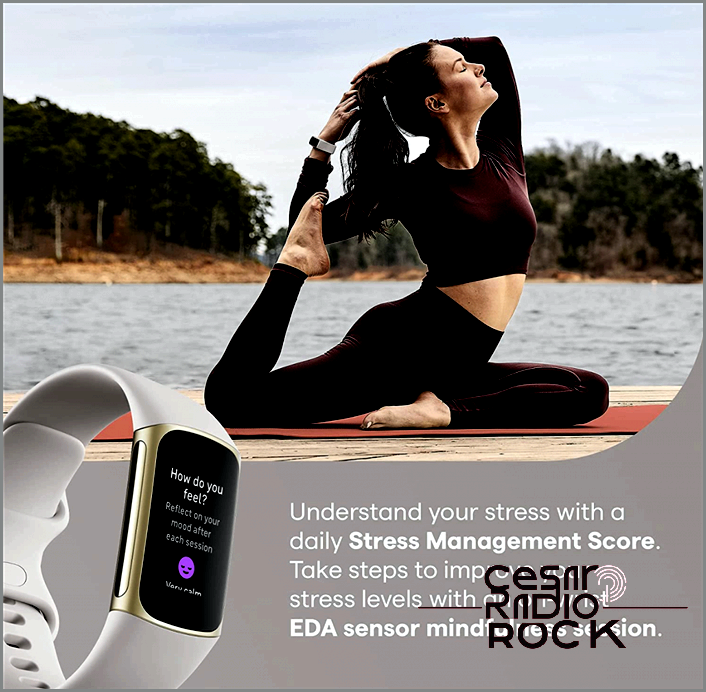
When you use the software that comes with the tracker, it runs a special algorithm on the data. This algorithm helps the software figure out what your movements mean and puts them into different categories.
Once the software has analyzed your movements, it can provide you with more information. You can check your fitness patterns by going to the appropriate section in your fitness tracker app:
Now, let’s take a look at how a fitness tracker collects this data.
How Does a Fitness Tracker Count Steps?
As I mentioned before, every fitness tracker has a special sensor called an accelerometer. This sensor keeps track of your movements throughout the day and uses the information you’ve given it to make sense of what you’re doing, whether it’s standing still, walking, or running.
That’s why the device doesn’t just show the number of steps you’ve taken, but it also displays your speed and even estimates the number of calories you’ve burned.

What’s the Secret Behind a Fitness Tracker’s Sleep Monitoring?
When I tell you that a fitness tracker can keep tabs on your sleep, you might raise an eyebrow. I mean, how is it possible for a little gadget to know when you doze off or dive into that deep slumber?
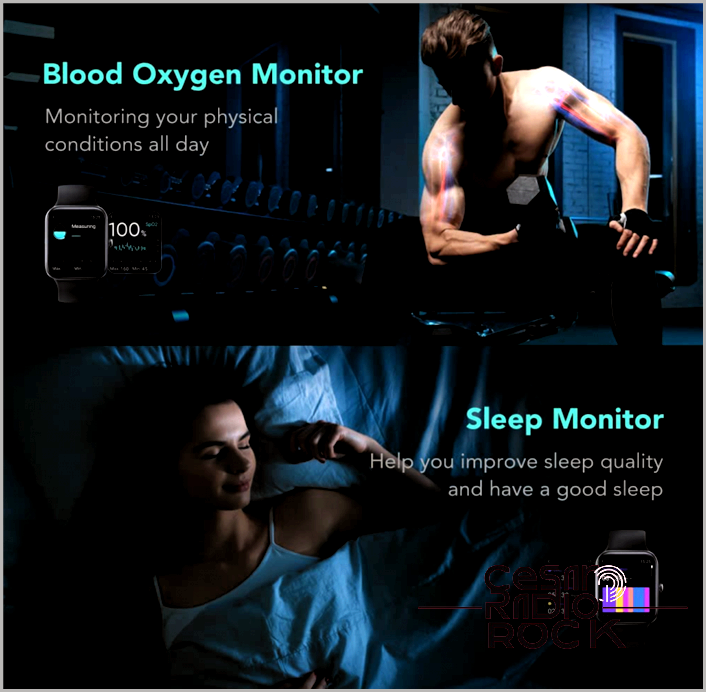
So, here’s how it works: the accelerometer is the key. It helps your tracker figure out if you’ve been still for a while, which usually means you’re starting to sleep.
Once you’re asleep, the tracker uses the accelerometer and gyroscope to keep track of your movements. It also considers your heart rate to determine how well you’re sleeping.
When you wake up, you can see how long you slept and get an idea of the different sleep stages you went through, like light sleep and deep sleep.
How Does a Fitness Tracker Count Calories?
Your fitness tracker uses special calculations to figure out how many calories you burn while resting or doing different activities. These calculations take a few factors into account.
Your Basal Metabolic Rate
When you set up your fitness tracker, it asks for details like your gender, age, weight, and height. With this information, the tracker calculates your basal metabolic rate (BMR). This number shows how many calories your body naturally burns to function.
Your BMR is the starting point for figuring out your total calorie burn. Other important factors include your activity level and the food you eat.
Your Activity Level
Throughout the day, your fitness tracker keeps an eye on your activities and determines your activity level based on factors like the type of activity, how long you do it, and how hard you’re working. It uses all this data to calculate how many calories you burn doing that specific activity.
By combining your BMR with the calories you burn through activities, you’ll know your total calorie burn for the day.
But there’s one more piece to consider: the food you eat. It’s not just about burning calories, you need to consume them too.
Your Food Intake
If you want an accurate measure of your daily calorie burn, it’s best to get a tracker that lets you enter your food information manually. And it’s important to be detailed when you do. The most crucial piece of information to enter is your daily calorie intake.
If you want to lose weight, you need to eat fewer calories than your body burns. To maintain weight, you need to match your food intake with the sum of your BMR and calories burned. And if you want to gain weight, you need to eat more calories than your body burns through basic functions and exercise.
How Does a Fitness Tracker Measure Heart Rate?
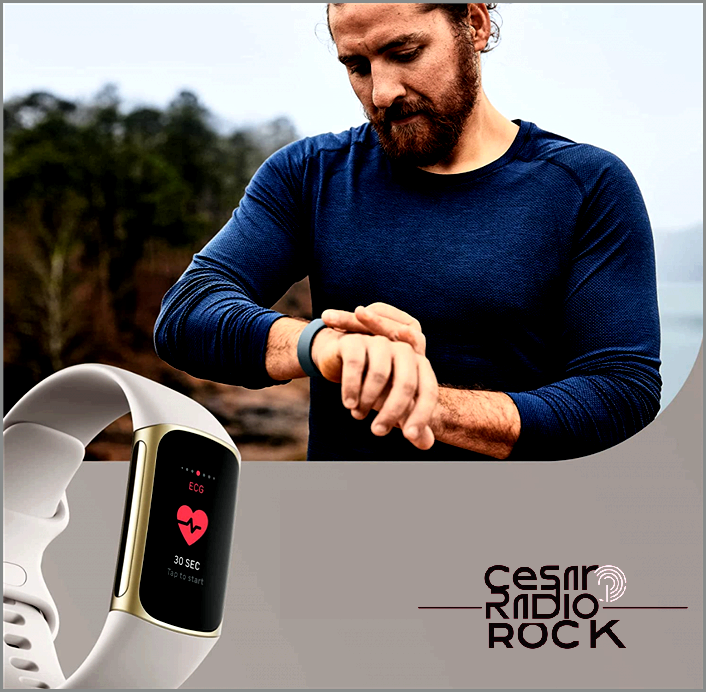
When it comes to fitness trackers, you may have noticed a green strobe light on the underside of your device. This light is used to measure your heart rate by calculating the difference in light absorption. It’s interesting to note that our blood absorbs green light, which is why optical sensors always take this form. This process is known as photoplethysmography.
How does a fitness tracker count floors climbed?
If you have a fitness tracker with an altimeter, it can detect the elevation when you go up steps. Typically, the device will consider 10 consecutive feet climbed as one floor.
How accurate are fitness trackers?
The accuracy of a fitness tracker can vary depending on its type and level of personalization. Different trackers use different sensors and algorithms to convert raw data into easy-to-understand statistics. Comparing your tracker’s data to information you already know can help determine its accuracy. For example, you can check if it accurately represents the distance between your work and home.
However, small movements can sometimes be a challenge. A bumpy car ride, for instance, might be mistakenly interpreted as exercise, affecting the accuracy of the readings. To improve accuracy, it’s important to provide precise information during the setup process and update it regularly based on your requirements.
Keep in mind that even with these considerations, fitness trackers can still provide a good idea of your daily activities and guide you in the right direction. This information is usually sufficient for those looking to live a healthier lifestyle. However, professional athletes and individuals facing complex health issues should consult a physician and consider investing in more advanced equipment.
Counting steps
Counting steps is typically one of the most accurate features of a fitness tracker, especially when worn in your back pocket or on your hip. Wrist trackers may occasionally mistake other movements for steps or fail to accurately count the steps of individuals with slower movements.
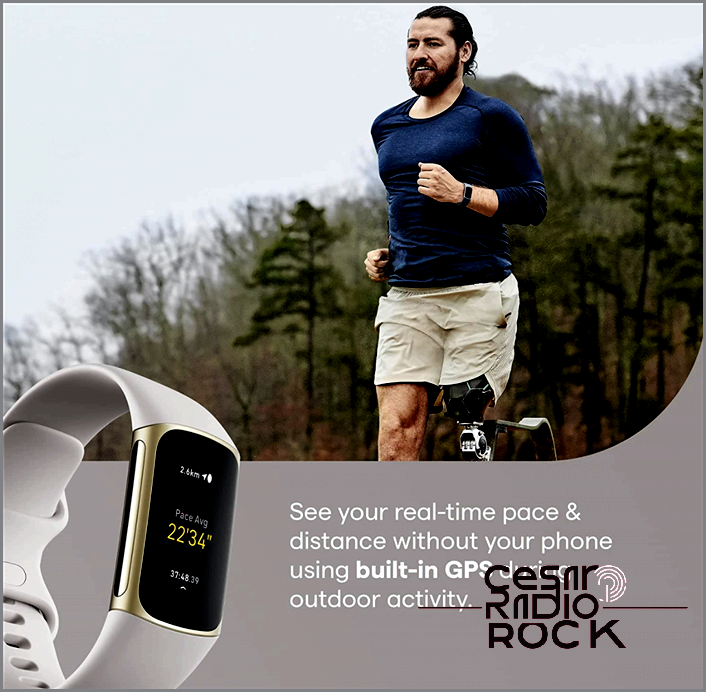
The best way to see if your step tracker is accurate is to compare it to your smartphone. Just wear both devices for a day and then check the readings at the end. If your wrist tracker shows a big difference from your phone, then it’s not very accurate.
If you really want to wear a wrist tracker, try switching it to your other hand. This will help prevent the tracker from thinking your arm movements are steps.
Now let’s talk about measuring calories. This is the part of a fitness tracker that can be the least accurate because everyone burns calories differently.
To get the most accurate reading, you can try a few things:
– Enter your exact information about your body
– Keep track of what you eat every day
– Use a tracker that measures your heart rate, body temperature, and sweat
But even with all that, a fitness tracker can still give you a good general idea of how many calories you burn each day. If you want a more precise measurement, look for a device that can also measure your breathing rate.
Now, let’s move on to sleep tracking. Fitness trackers can tell you how many hours of sleep you get pretty accurately, but they’re not great at measuring the quality of your sleep.
Some trackers claim to track different stages of sleep using sensors, but you can go from one stage to another without moving, so these trackers aren’t reliable for serious sleep problems. For that, you’ll need devices that monitor eye movements or measure brainwaves, since the changes in sleep stages happen in the brain.
Lastly, let’s talk about keeping track of your heart rate.

When I wear my fitness tracker, it keeps track of my heart rate. It’s most accurate when I’m resting, but if I’m doing intense exercise, the reading can be a little off. However, if I use an app to monitor my heart rate, the average value usually gives me a pretty accurate reading.
How Can a Fitness Tracker Benefit You?
Even with some room for error, a fitness tracker can really help me lead a healthier lifestyle. Depending on the type of tracker I choose, this small device and the app that goes with it can motivate me to:
- Set and achieve fitness goals
- Stay active every day
- Burn a specific number of calories
- Drink a certain amount of water
- Improve my overall fitness level
- Share my progress online and get feedback
So when I’m looking for a fitness tracker, I should pick one that has the features I need to reach my goals. It should also display the collected data in a way that’s easy for me to understand.
